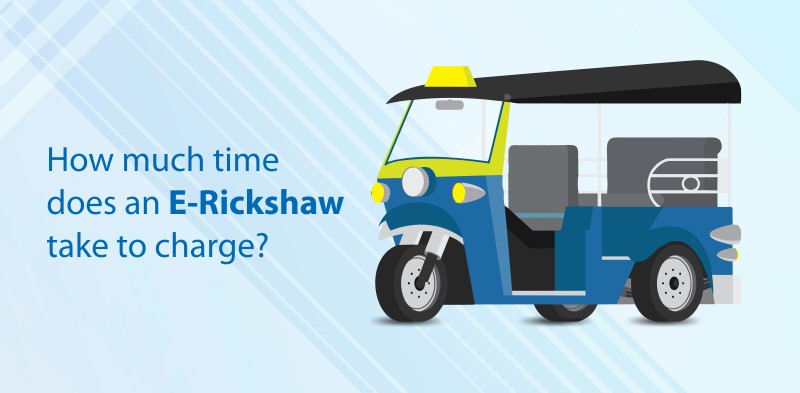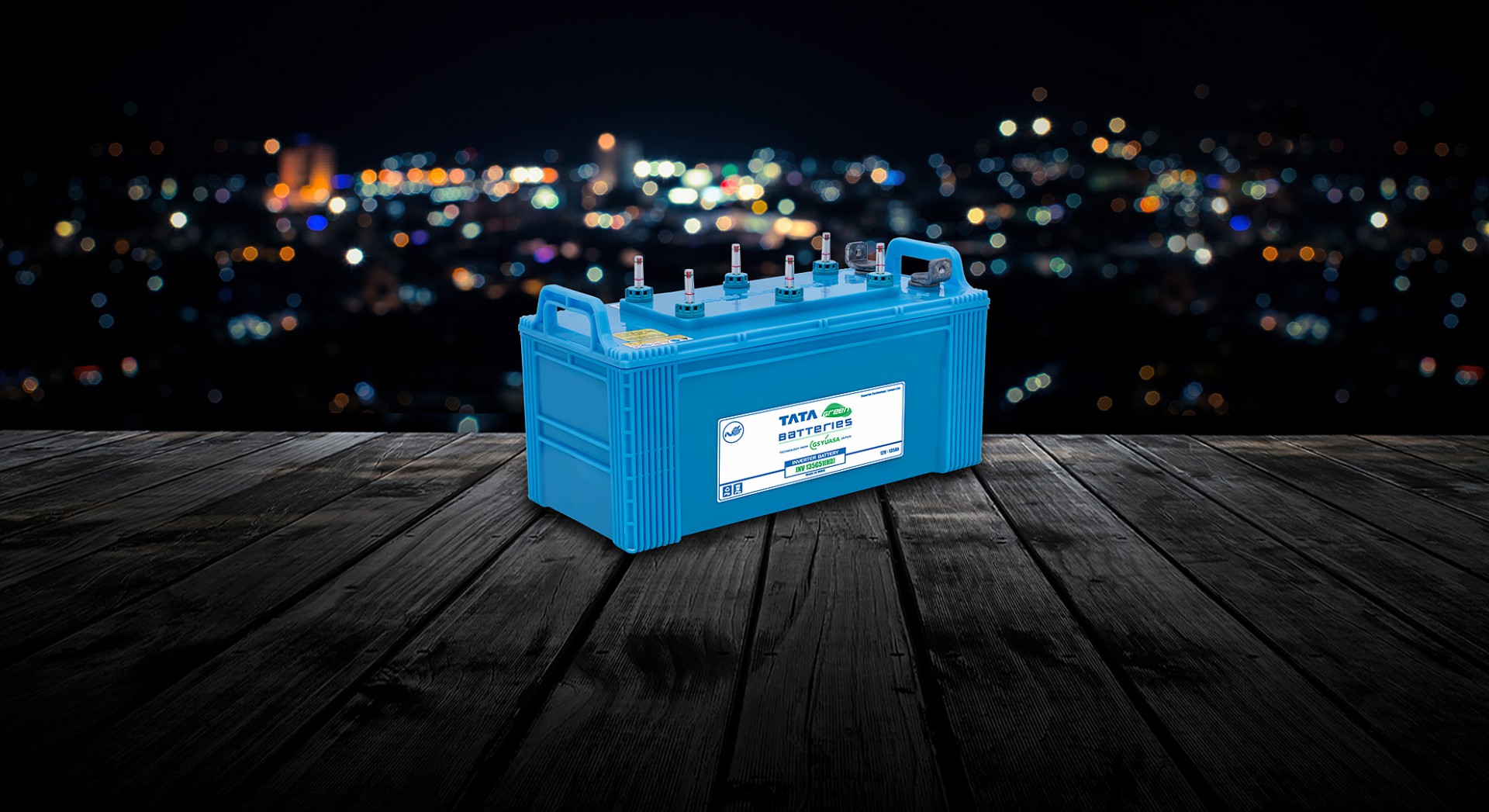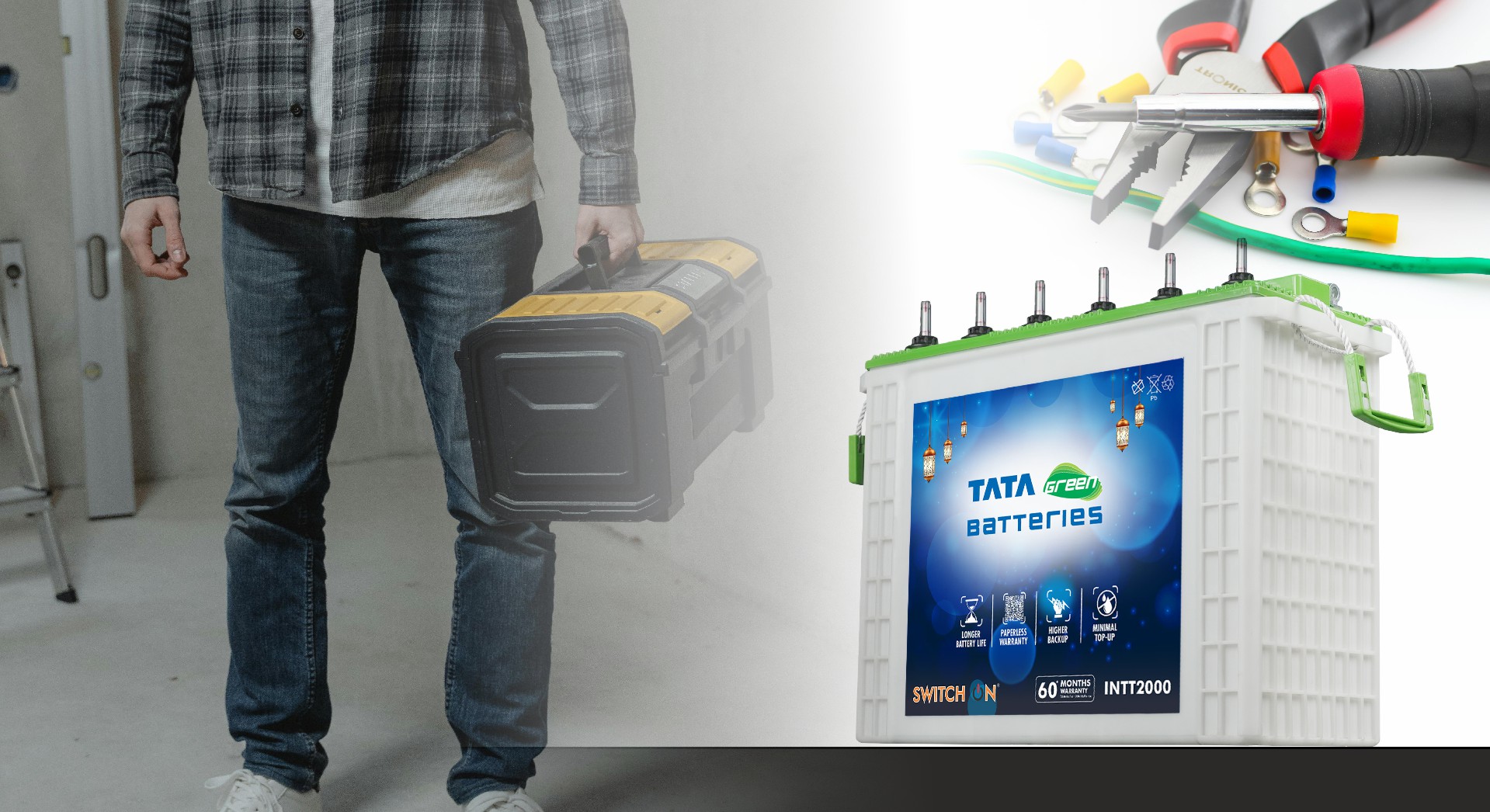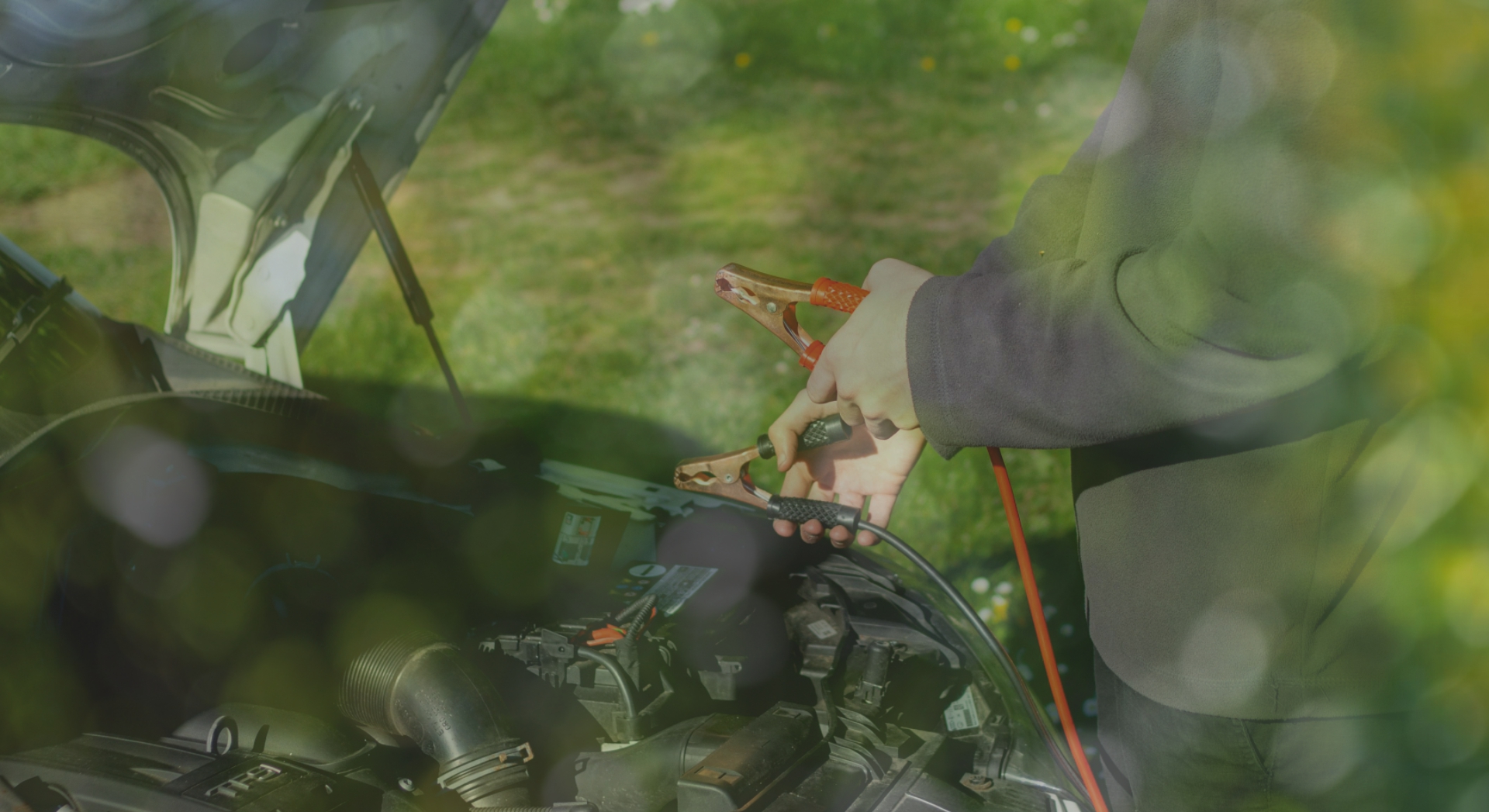Over the years, there has been a massive shift in the mindset of Indian commuters as they prefer environment-friendly commuting options, like an EV (electric vehicle) or an electrical rickshaw, which contributes towards reducing the country’s carbon footprint. As the clean and green image of the electric rickshaw has made it the trusted mode of public transport, there is a rising demand for more and more e-rickshaws.
While the government is focusing on promoting the use of EVs across the country, there lies the challenge as well since India does not have the necessary battery rickshaw charging infrastructure to help e-rickshaw drivers recharge their vehicle’s battery while they are on the road.
Also, many e-rickshaw owners or people who drive these electric vehicles do not have the right knowledge on how to correctly charge their batteries so that they can increase their lifespan. If you don’t know how to recharge the rechargeable auto rickshaw battery the right way, there may be a risk of your battery getting overheated, leading to fire and complete damage to the vehicle.
Although most of the e-rickshaw manufacturers in India provide charging demonstrations and may even show you the steps you must follow for recharging the battery based on the specific model you buy, there are certain dos and don’ts of charging e-rickshaw batteries that you must always remember.
Dos
Every battery needs its own charger. And whether you are charging an e-rickshaw or a smartphone, you must use the right kind of charger. So, make sure that you use only the charger type recommended by the manufacturer of the vehicle.
If you use the wrong charger, not only will the battery be not charged enough but it may also have an impact on its performance and durability. Apart from using the right battery charger for an e-rickshaw, you must have the right tools to charge the battery.
And, if you wish to replace your old battery, make sure that you choose the right one so that it is compatible with the charger, or you may have to replace the charger too. And, for the best e-battery for your rickshaw, you can consider checking of the options available at Tata Green Batteries.
Their batteries not only provide dependable energy solutions for electric rickshaws but also come with a wide range of features like rapid charging, extended durability, and a high warranty that ensures that every ride you take is smooth and hassle-free.
-
Charge the battery in an open or ventilated space
One of the critical things to remember about e-rickshaw battery charge is that during the charging process, a lot of heat is produced. So, when you charge in an open or well-ventilated space, the heat is released in the air. Thus, it significantly reduces the risk of fire hazard due to overheating of the battery.
-
Charge the battery when it is cool
Nowadays, you can find battery-charging rickshaw stations everywhere. But, if you notice that your vehicle battery is running low, you need not be in a hurry to recharge it to full capacity again, especially if you have been driving for a long time.
When the vehicle is in motion, the battery tends to get hot. And, when you recharge the battery while it is hot, it can damage its performance and reduce its lifespan. So, make sure that you let the battery cool down for a while before starting the charging process. This will help you maintain its performance and longevity.
Don’ts
Overcharging the e-rickshaw battery can have a significant impact on its lifespan. Hence, it is advisable that you stick to the recommended e-rickshaw charge time by the vehicle manufacturer and avoid leaving the battery connected to the charger longer than necessary.
-
Let the battery discharge completely
Letting the battery drain down completely to 0% can damage it and reduce its efficiency. Hence, it is important that you keep a close eye on the battery level every time you take the e-rickshaw on the road, avoid letting the batter reach a critically low level and recharge it once it reaches about 20% capacity to ensure optimum performance.
-
Keep the battery in a warm environment
Just as it is important to charge the e-rickshaw battery the right way, it is equally important to store it well. The e-rickshaw batteries tend to be temperature-sensitive. So, you must avoid keeping the battery in a warm or humid environment or else its performance and lifespan will be affected negatively.
It is best to store the battery in a cool and dry space to minimise the risk of damage and maintain its optimal performance with every single ride. Also, it is best advised to avoid using charging e-rickshaws frequently and instead use the standard charge to slow charge the battery.
Conclusion
Electric rickshaws are an essential part of the public transport system, and these vehicles rely heavily on batteries to power them. So, as an e-rickshaw owner or driver, you must ensure that you take the necessary steps to keep the battery in top condition and ensure that you charge it the right way.







